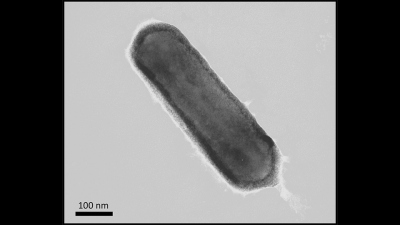Page path:
- Home
- Discover
- Archive News
- News 2022
- archaea
Microbes produce oxygen in the dark
Jan 14, 2022
Ability demonstrated for the first time in archaea could change previous view of marine nitrogen cycle

Among others, marine microbiologist Prof. Dr. Martin Könneke, who moved from MARUM - Center for Marine Environmental Sciences to the University of Oldenburg last year, provided the organism N. maritimus and helped plan the experiments, which were conducted in laboratories at Syddansk Universitet. There, Prof. Dr. Beate Kraft, a microbiologist and first author of the article, conducts research on the importance of microorganisms for marine matter cycles. Martin Könneke is also part of the cluster "The Ocean Floor – Earth’s Uncharted interface”, located at MARUM.
Beate Kraft, Morten Larsen, Martin Könneke et al.: „Oxygen and nitrogen production by an ammonia-oxidizing archaeon“, Science (2022), doi.org/10.1126/science.abe6733


